Here is a tear-down of a very cheap DMX-512 controlled LED light from Wish.com. It promised four colors (R, G, B and white) with 15W power and DMX-52 controlling.
It has some reliability issues so I decided to take a look inside. Here are some pics of the product first.
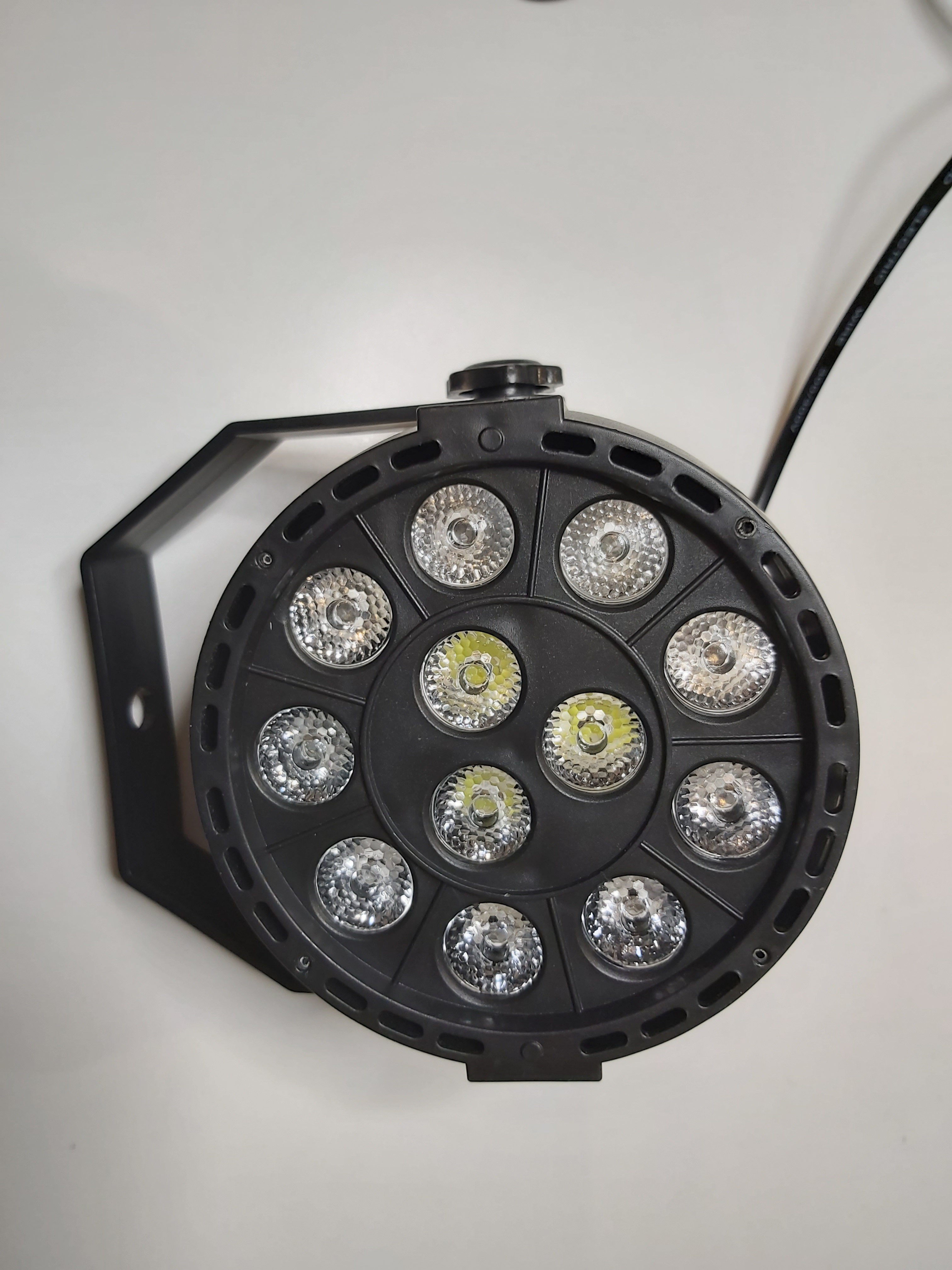
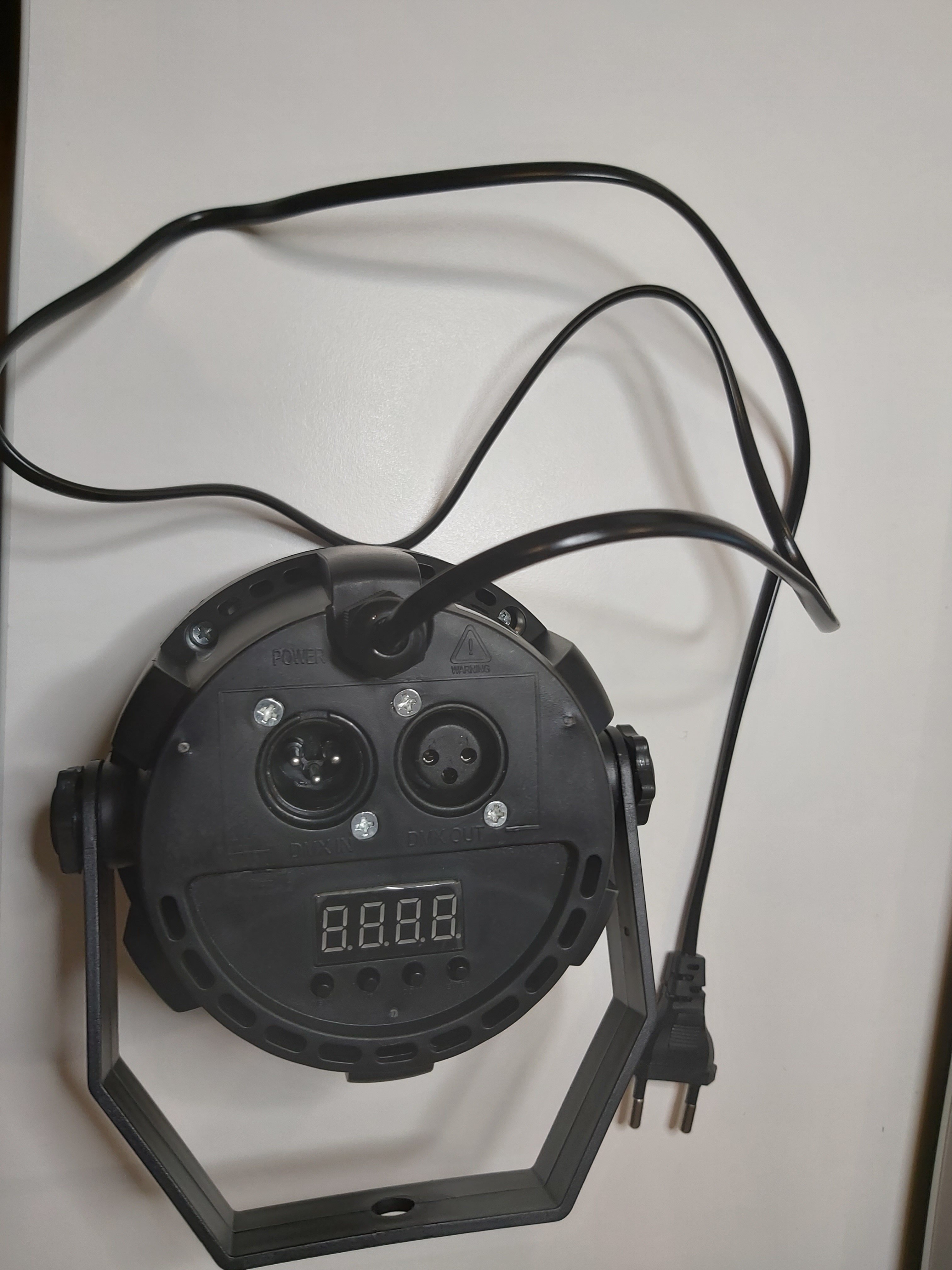
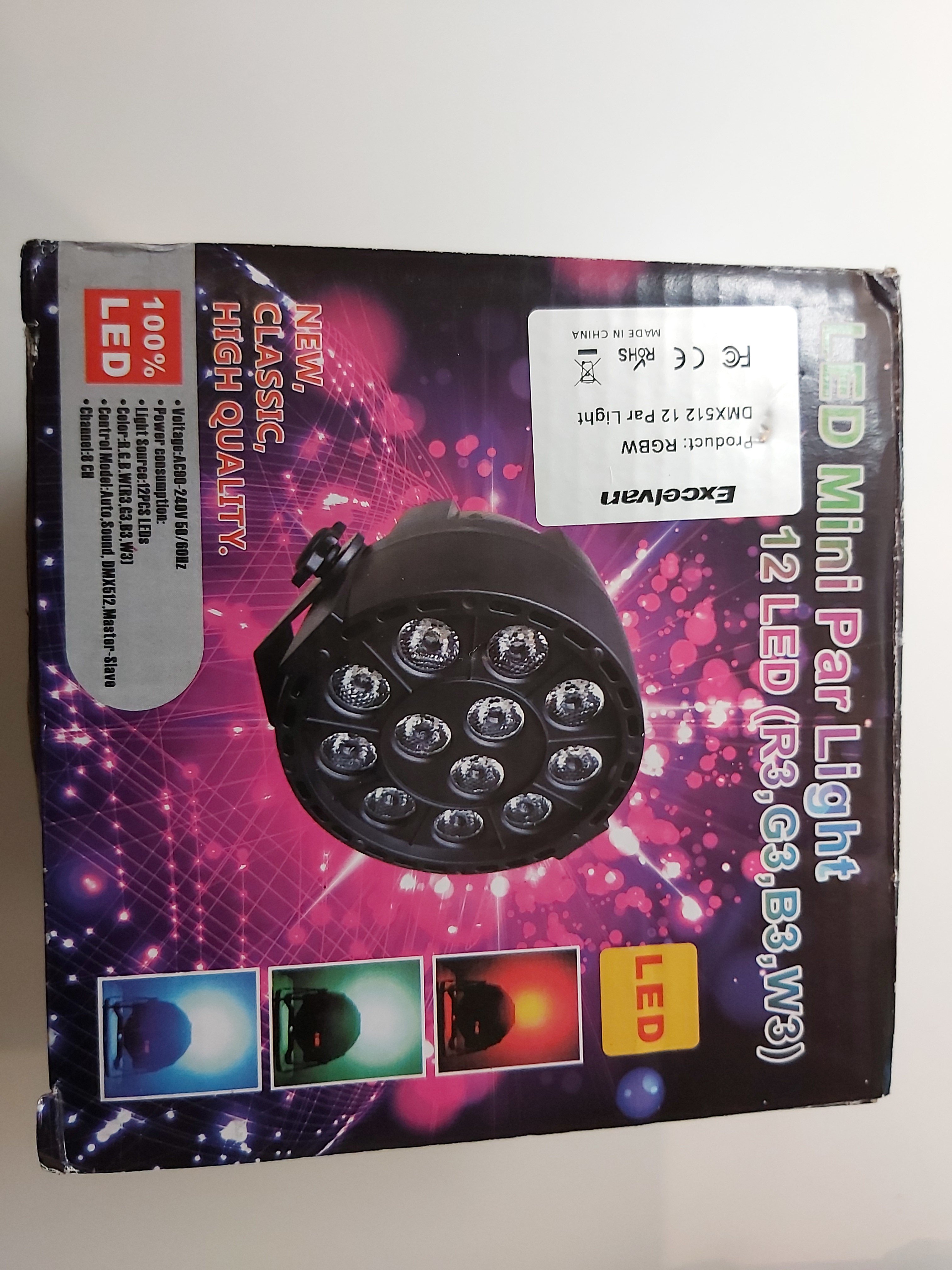
What is inside? Opening few screws shows what is inside.
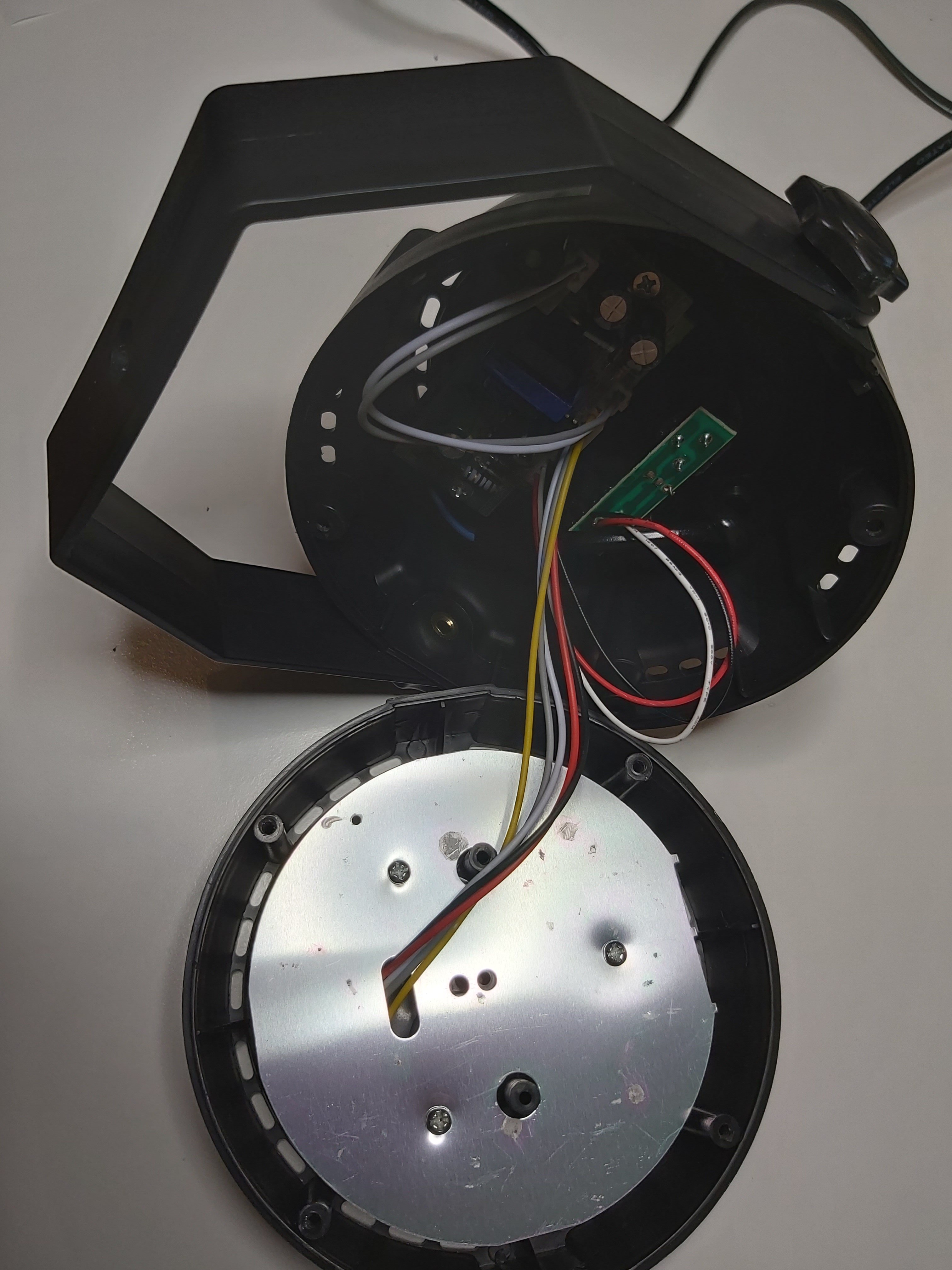
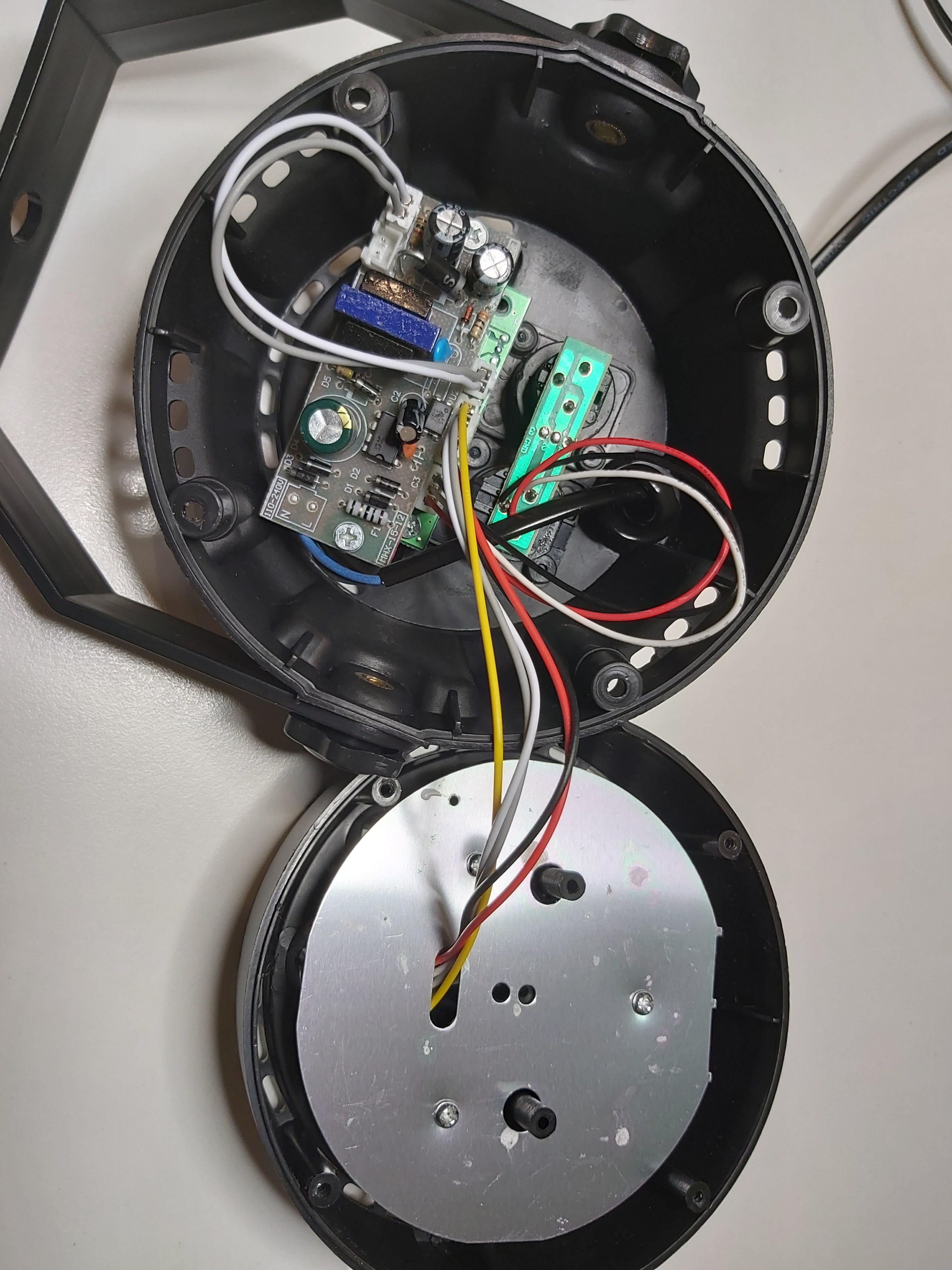
On the bottom side there is the power supply and control electronics. On the top side there are the circuit board with LEDs. Looks quite decent quality construction considering that this is very cheap Chinese product.
Let’s take a closer look at the power supply that converts the 230V mains voltage to low voltage used by electronics. It seems that the output of the power supply is 12V DC and power rating seems to be 15W (note that I have not verified the voltage with measurement).
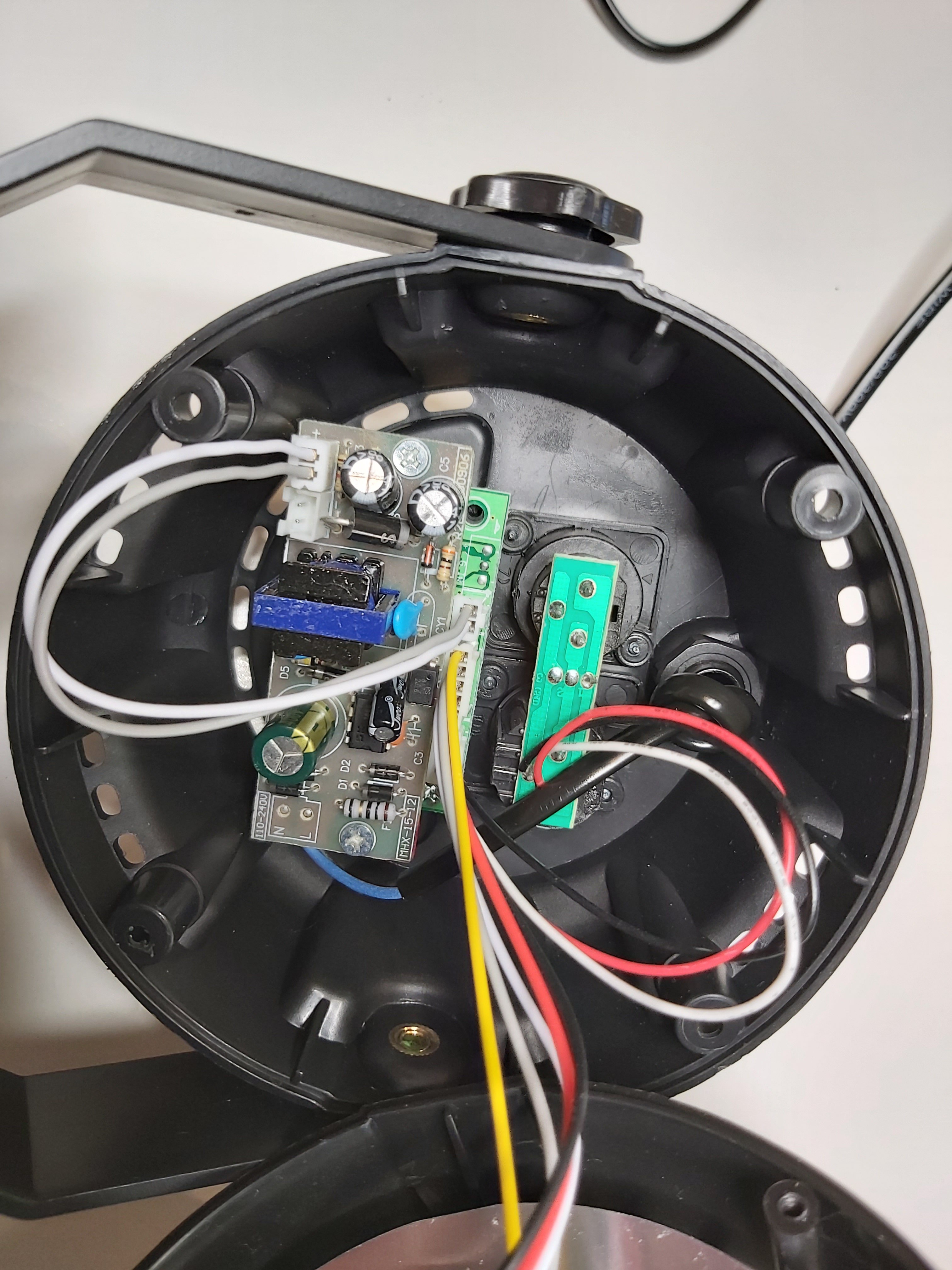
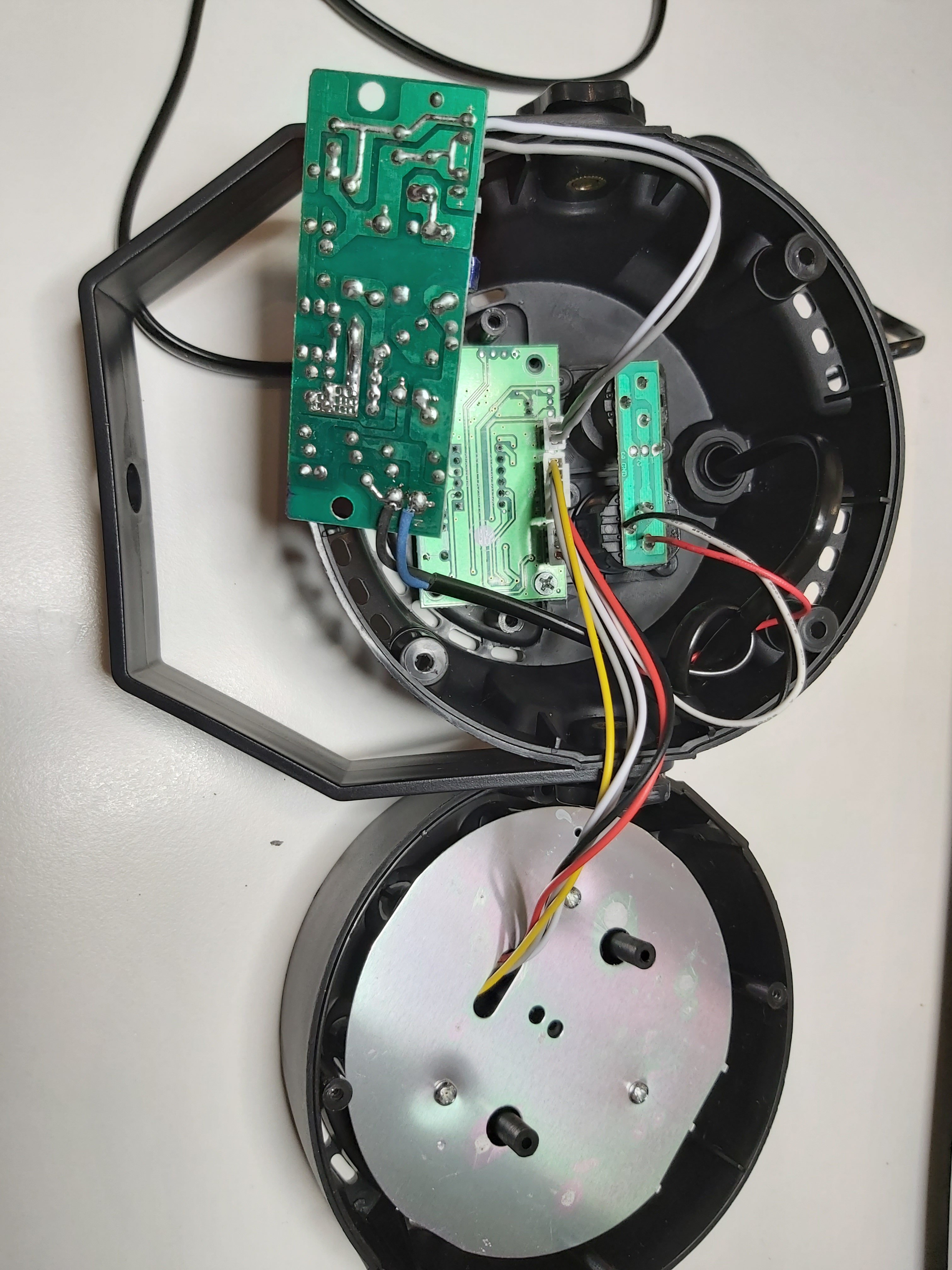
The top side of the power supply looks half decent. On the bottom side of the circuit board I would want to see more distance between the mains side and the low voltage side. On some places there seems to be good isolation, but there are also places where the distances are quite small – especially near the opto-isolator. Hard to say what is the quality of the transformer isolation (at least it passed 500V DC insulation testing). The power supply seems to have also fuse on the mains input – there is clearly a resistor looking fuse or fusible resistor on the circuit board on mains input.
On the bottom there are is a small circuit board connecting the XLR connectors together and another board with control control buttons + address display. I did not dig deeper to the electronics to see if the control processor was in this board on the bottom or in the same circuit board with LEDs.
DMX-512 control channels usage
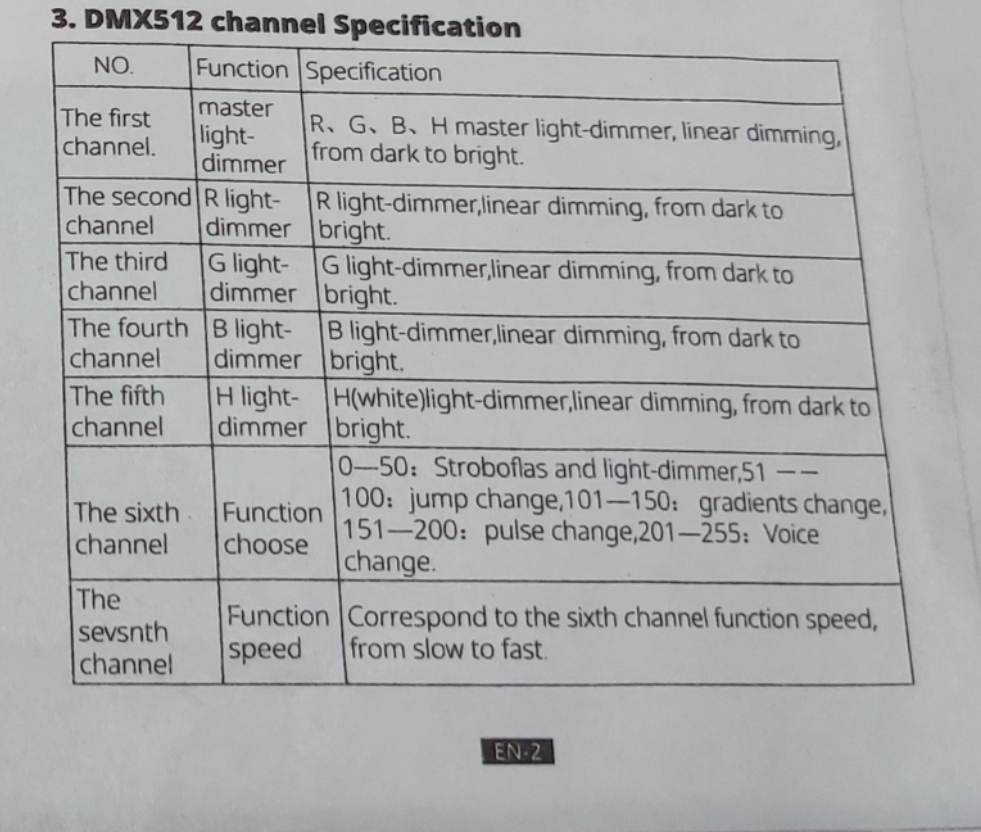
5 Comments
Tomi Engdahl says:
Quite similar looking light tested:
3KV test of cheap disco light with circuit analysis.
https://www.youtube.com/watch?v=xyO4xq23zDs
This light was generously sent by Aramus for our edutainment. It’s a classic eBay/aliexpress/amazon special and actually usable for some applications, but does have the usual hazards associated with cheap imported products.
The unit is a very good demonstration of cost optimisation.
The electrical separation and testing of these products is not up to Euro-American standards. If using them with other DMX lights I’d strongly recommend isolating them on their own buffer to avoid the risk of damage to other lights in the event that mains voltage finds its way onto the DMX network.
As stand alone lights they have their uses. A single colour can be set by adjusting the RGB levels using the buttons on the back. To store each intensity setting you have to press “enter” before moving onto the next adjustment. If a colour is set and stored then the lights will automatically light in that colour at power up. The way they run the LEDs and the fact that they are all in series means that LED failure is almost guaranteed in regular use. But at the price they could be classed as disposable.
As with many of these lights that cram too much functionality into a small processor, they have their limitations. They often rely on the DMX controller putting out a full 512 channel frame to allow time to process their effects after grabbing their channels of data. If the DMX is not what they were expecting they can sometimes glitch or not work at all.
Many of the units are made by small manufacturers who buy components like cases and PCBs from other sources, so if you have 20 seemingly identical lights, some may have different software and behave differently.
It’s not uncommon for lights like these to crash and glitch their memory settings resulting in data being spewed onto the DMX network causing a data conflict and knocking out an entire section of lights.
The combined capacitive current leakage from a run of these lights could potentially give a strong shock from a network cable and affect operation of other lights.
This light did pass a 3kV isolation test, but the construction of the transformer with low voltage windings laid directly across mains voltage windings is an issue. Ideally the transformers would be wound with double insulated wire or have sleeves where wires cross and extra separation tape.
Tomi Engdahl says:
THORNBURY
DMX 192 Controller Unboxing and Programming
https://www.youtube.com/watch?v=zyV1CjHoJ2U&feature=youtu.be
Tomi Engdahl says:
there are different cable types used for XLR cable with different specifications. Cable types that are appropriate for DMX512 usage will have a nominal characteristic impedance of 120 ohms (or close to it in 100-120 ohms range).
Modern AES/EBU compatible XLR cables are 110-120 ohms, so right for DMX-512. Many cables designed for just analog audio are typically between 45 and 80 ohms (which is not right for DMX-512 but can work on short runs and when you are lucky)
Tomi Engdahl says:
Using “audio” cables for DMX will work right up until the day it doesn’t and you won’t know why. Could be many different things that create noise enough to affect the DMX signal, but it will happen eventually. Same goes for DMX ‘Y’ cables, they will work until they don’t and nothing will change except the day and possibly the location.
Tomi Engdahl says:
“If I gave you unlabeled 500’ pieces of each, could you tell the difference?”
Yes with right tools I can measure the difference. TDR, VNA or oscilloscope+signalsource
“Most DMX (which is electrically EIA-485) transmitter chips are specified to give at least 1.5 volts across a 54 ohm termination, making a Zo (diff impedance, not resistance) of 50-75 totally fine, irrespective of the length of the run.”
Drivers will drive it OK that’s true. But the reflections from 75 ohms cable wired to 120 ohms terminator can be serious issue. If cable is 75 ohms, the terminator should be close to 75 ohms to keep the signal reflection monsters out.